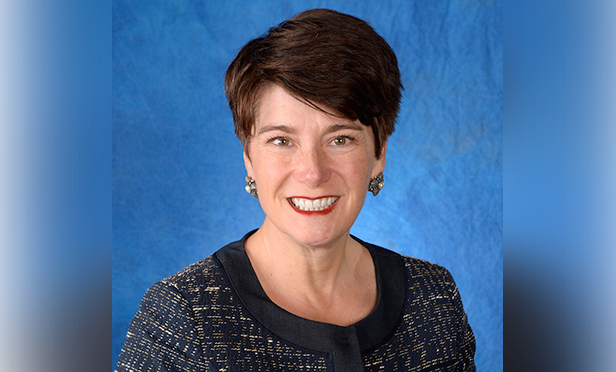

NOT FOR REPRINT
Details on What the New FPA Is (and Isn't)
Commentary December 17, 2018 at 10:49 AM
Share & Print

NOT FOR REPRINT
© 2025 ALM Global, LLC, All Rights Reserved. Request academic re-use from www.copyright.com. All other uses, submit a request to [email protected]. For more information visit Asset & Logo Licensing.


